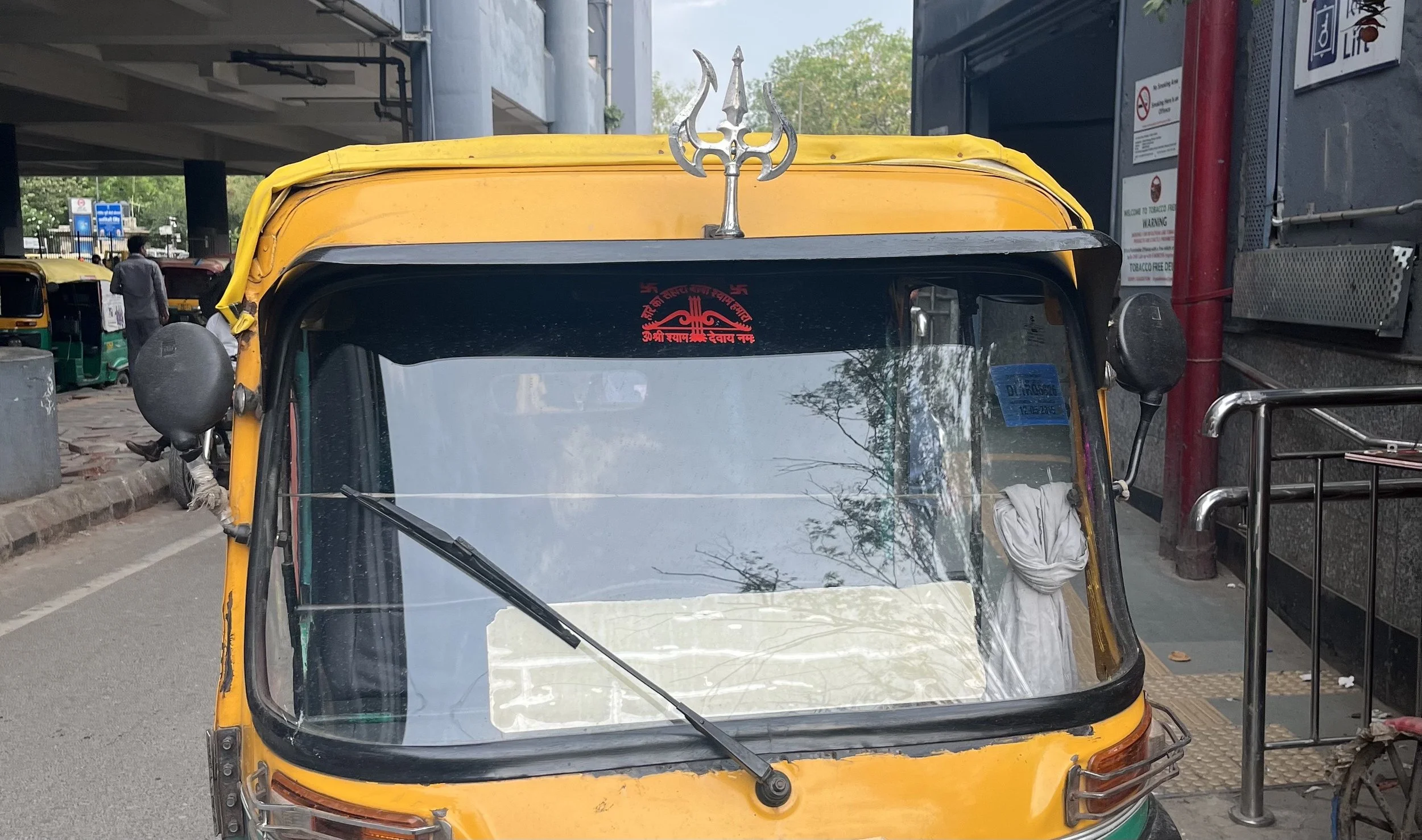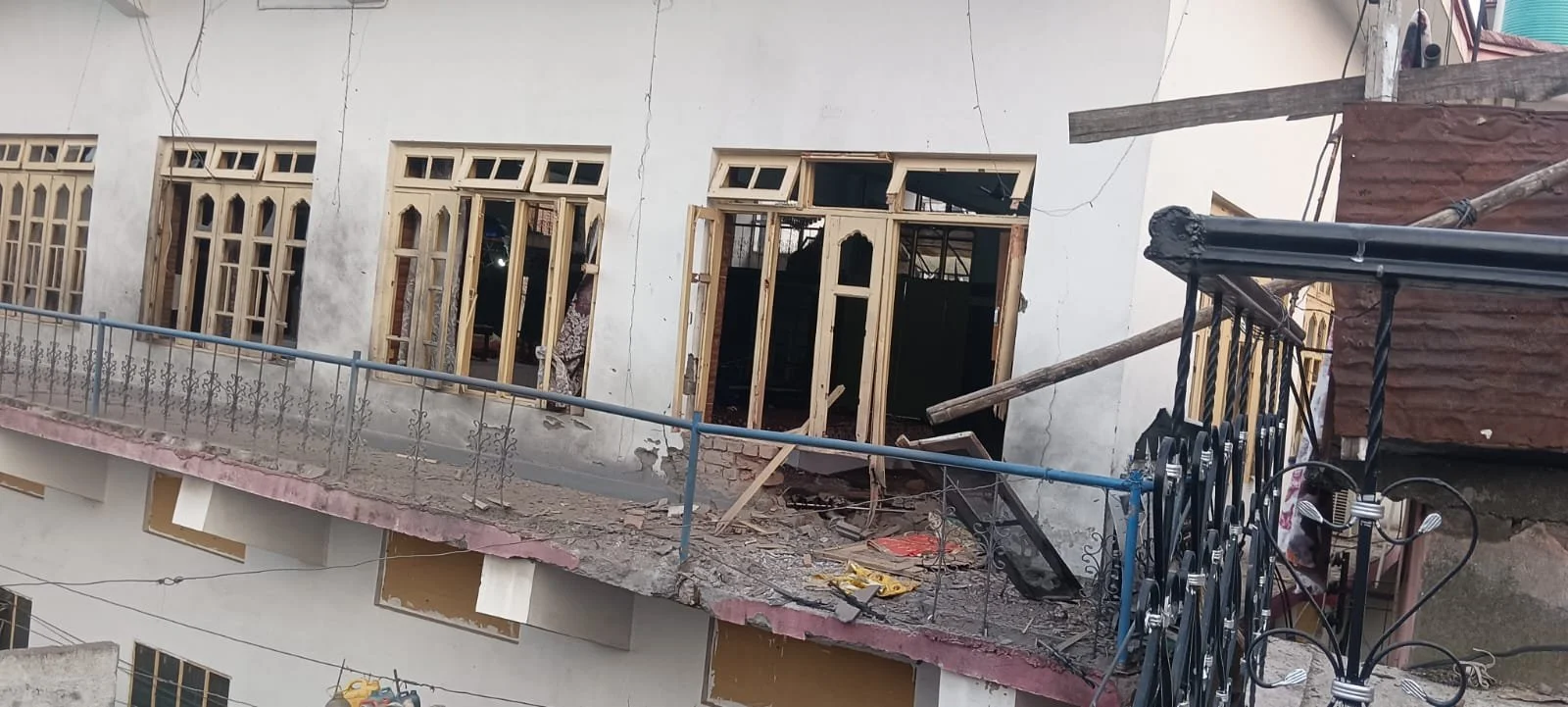(ANALYSIS) Britain has named India among 10 countries it will closely monitor for violations of religious freedom as part of a new foreign policy strategy. The move links the United Kingdom’s international relations more directly with the defence of freedom of religion or belief.
Read More(ANALYSIS) Strolling through the streets of Bishkek, Kyrgyzstan, one easily gets the impression of walking through multiple cities at once.
Read More(ANALYSIS) Anime and Religious Identity: Cultural Aesthetics in Japanese Spiritual Worlds helps students explore questions of meaning, ethics and belief that anime brings to life. It examines themes such as what happens when the past resurfaces? What does it mean to carry the weight of responsibility? And how can suffering become a path to transformation?
Read More(ANALYSIS) Operation Kalanemi comes dangerously close to the kind of state control over religion seen in countries like China and Vietnam, where the state tightly controls religious activity by licensing clergy, approving sermons and monitoring places of worship, allowing only state-recognized versions of religion to function. Without clear laws, fair process and respect for constitutional limits, this drive in Uttarakhand risks turning the police into arbiters of faith — something a secular democracy cannot allow.
Read More(REVIEW) The devotional art of Jainism, Buddhism and Hinduism share many similarities, even some gods. To understand why, you need to examine the ancient Indian origins of these religions and their iconographies, which can be traced back to the powerful nature spirits and divine serpents once worshipped across the subcontinent.
Read MoreOn India’s busy streets, vehicles adorned with Hindu symbols are more than just modes of transport — they have increasingly become mobile expressions of political and religious identity. The proliferation of these Hindu stickers has transformed everyday commuting, a phenomenon deeply intertwined with rising religious tensions.
Read More(ANALYSIS) This is a mountainous and, until recently, remote area that is culturally and historically distinct from the rest of India. It is also the most thoroughly Baptist region in the world. For example, the church in Mon, a town of approximately 17,000 people, is the largest Baptist church in Asia. It dwarfs surrounding buildings and can seat 10,000 worshippers.
Read More(ANALYSIS) Despite being a stateless monk with no official power, the Dalai Lama remains one of China’s most persistent challenges. As he nears 90, Beijing’s anxiety over his influence grows, especially over who will succeed him. For decades, China has tried to erase Tibetan identity and control its spiritual leadership, but the Dalai Lama’s global stature defy state power.
Read More(ANALYSIS) On June 21, 2025, Alex Sobel, a member of the U.K. Parliament, delivered a letter to Pope Leo XIV after a special audience for members of the Inter-Parliamentary Union (IPU), in the Hall of Benediction, the Vatican, calling upon him to stand up for Jimmy Lai, who has been imprisoned by Hong Kong authorities since December 2020.
Read More(REVIEW) “Squid Game” is a series that’s no stranger when it comes to weaving religious imagery into its narrative. Season 3 culminates that thread with both subtle and striking references, particularly when it comes to Christian symbolism. The season, it turns out, is more parable than sermon. The six episodes that form the final season are bloodier than ever.
Read More(ANALYSIS) A new study has found nearly 950 hate-related incidents in India during the first year of the main ruling party’s third term. Religious minorities, especially Muslims and Christians, were the main targets of violence and hate speech. This rise in unchecked and largely unpunished hostility should concern all citizens.
Read More(ANALYSIS) On June 11, 2025, a nongovernmental organization, Global Rights Compliance, published findings of their investigation into the issue of Western companies linked to the People’s Republic of China’s (PRC) critical minerals industry in the Xinjiang Uyghur Autonomous Region (XUAR).
Read MoreWhen a shell slammed into a madrassa (an Islamic school) housing over 1,200 children, its caretaker, Sayyed Habib, didn’t dial the army or the police. He didn’t call emergency services. He called Pradeep Sharma, a Hindu and former lawmaker, and his best friend since ninth grade. it was an example of how people of differing faiths found it in their hearts to help one another.
Read More(ANALYSIS) The central government’s gazette notification for India’s upcoming 2027 census omits the word “caste.” This, despite earlier public assurances that caste data would be collected. The absence of explicit mention has triggered accusations of deliberate evasion. Is the reluctance tied to the disruptive potential of a full caste enumeration—one that could unsettle the ideological foundations of Hindu nationalist politics?
Read More(ANALYSIS) To this day, there are no national memorials for the victims. Instead, triumphalist military monuments, many of them built in Tamil-majority areas, celebrate a victory in a war whose collateral damage amounted to war crimes and crimes against humanity.
Read MoreA “Jesus Village” for children in crisis 50 miles west of Phnom Penh, the capital of Cambodia, will span about 15 acres and house 240 orphans in 12 houses. Cambodia Christian Ministries has already accepted 65 children, assuming legal responsibility for their care from the Cambodian government.
Read More(ANALYSIS) A 22-year-old student has been charged with allegedly offending religious sentiments after making derogatory remarks about Islam and the Prophet Muhammad. Whatever the merits of the case, the incident raises an important question: Should the right to free speech include the right to criticize religion — one’s own or someone else’s?
Read MoreThe Ahmadiyya community in Pakistan has long experienced significant constraints on its religious practices. From not being allowed to call their places of worship “mosques” or use Islamic terms such as “Azan” (call to prayer) to not being able to vote because Ahmadis must either renounce their faith or agree to be placed on a separate electoral list categorizing them as “non-Muslim.”
Read More“Buddhism: A Journey through History” presents a rich tapestry of thematic stories that span topics such as the law, philosophy, war and governance. These narratives will surprise and engage readers with their depth, detail and rigorous scholarship. The writing is both clear and accessible, making this book suitable for a broad audience and history junkies alike.
Read MoreChina is operating a vast network of “colonial” boarding schools across Tibet that forcibly removes children—including those as young as four—from their families, a new report released Wednesday claims. The report, published by the U.S.-based Tibet Action Institute, says the system is designed not for education access but for political assimilation, cutting children off from their language, culture and religion.
Read More



















